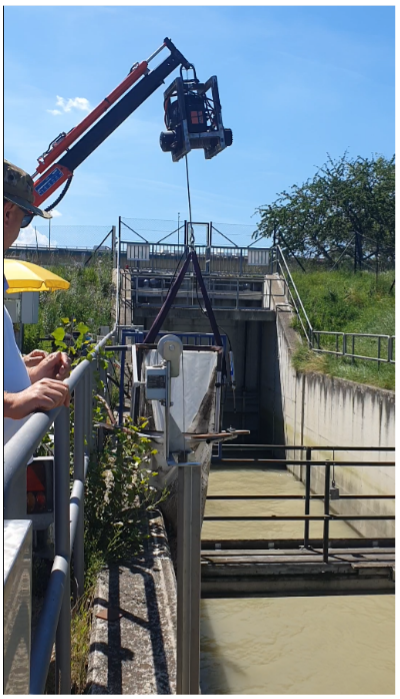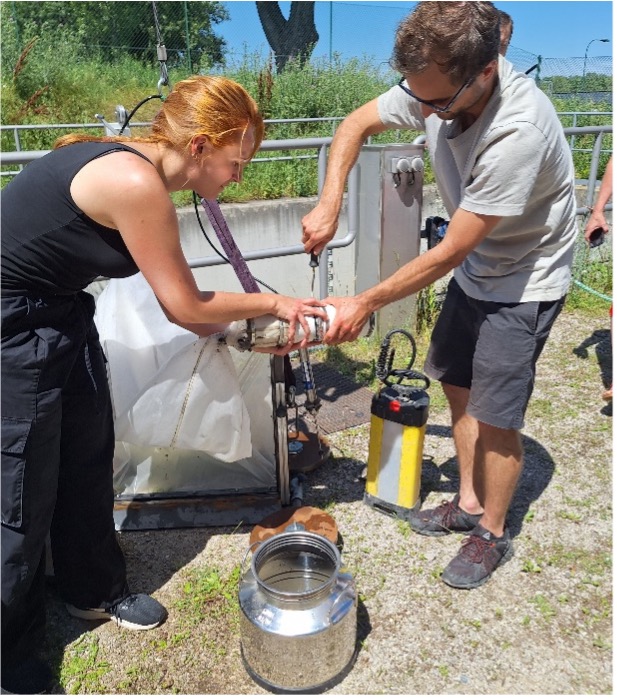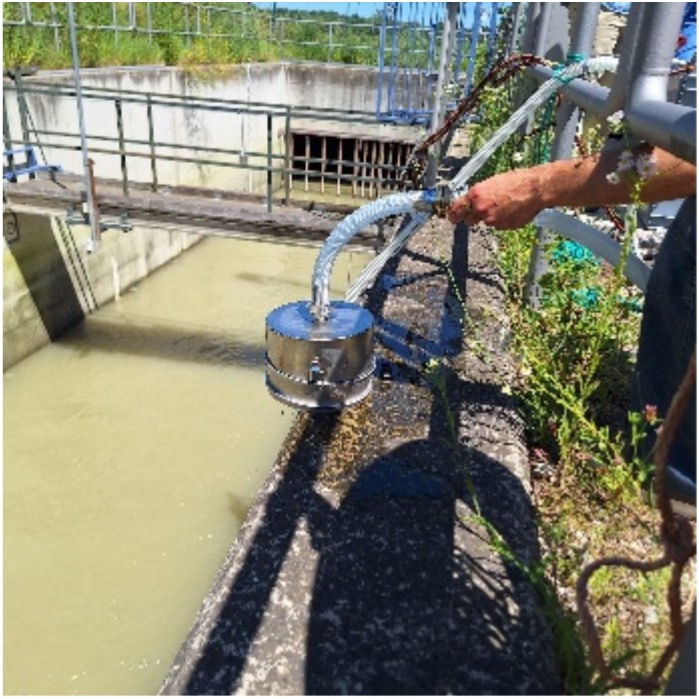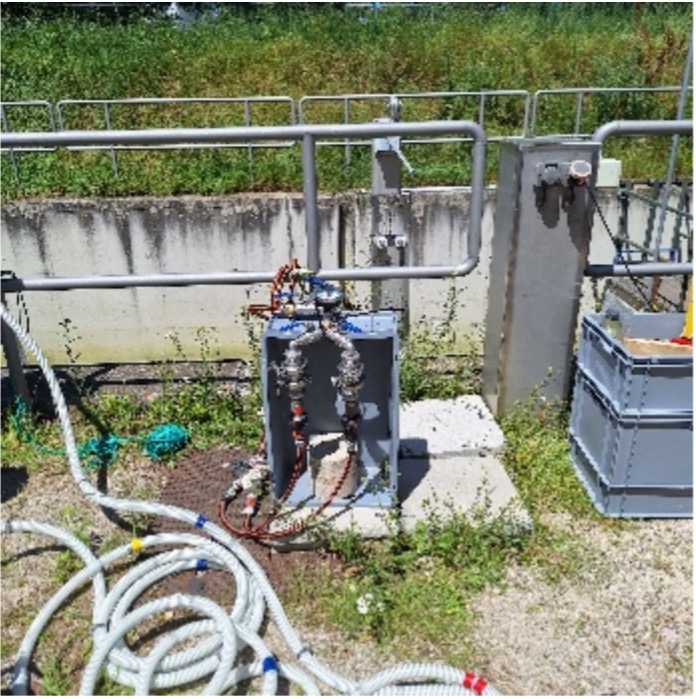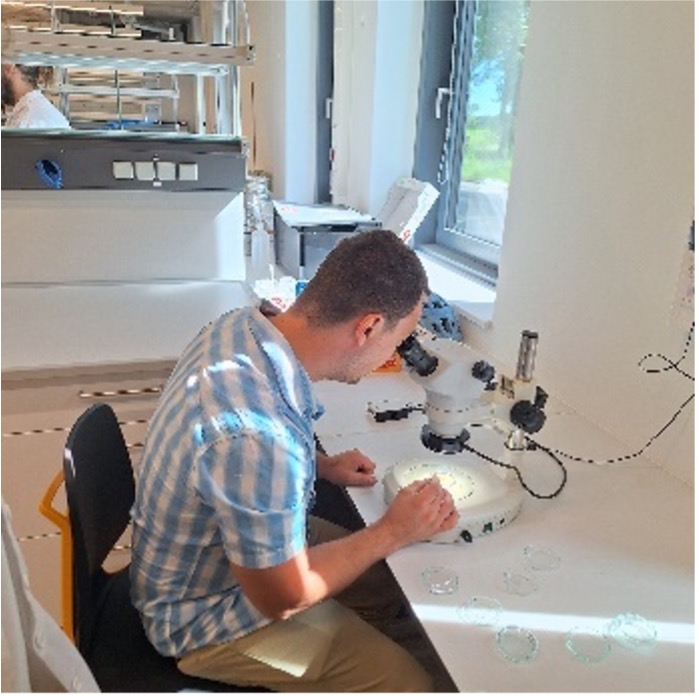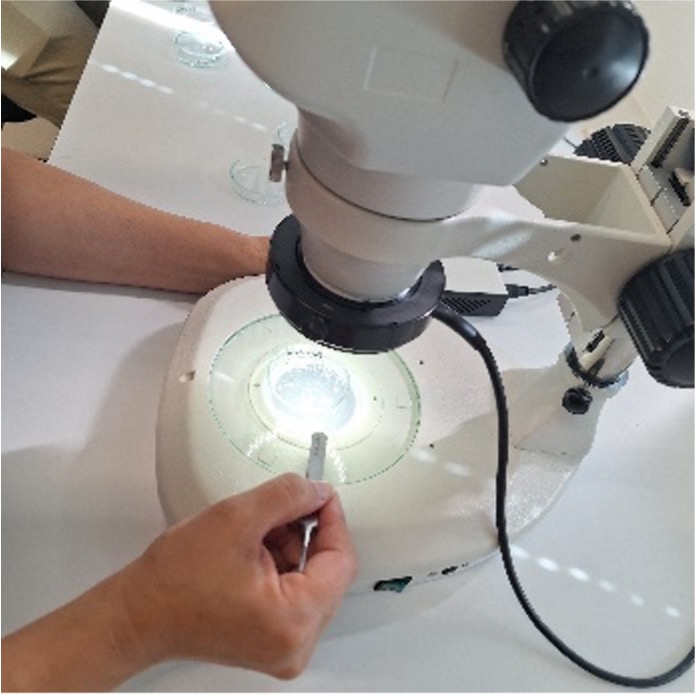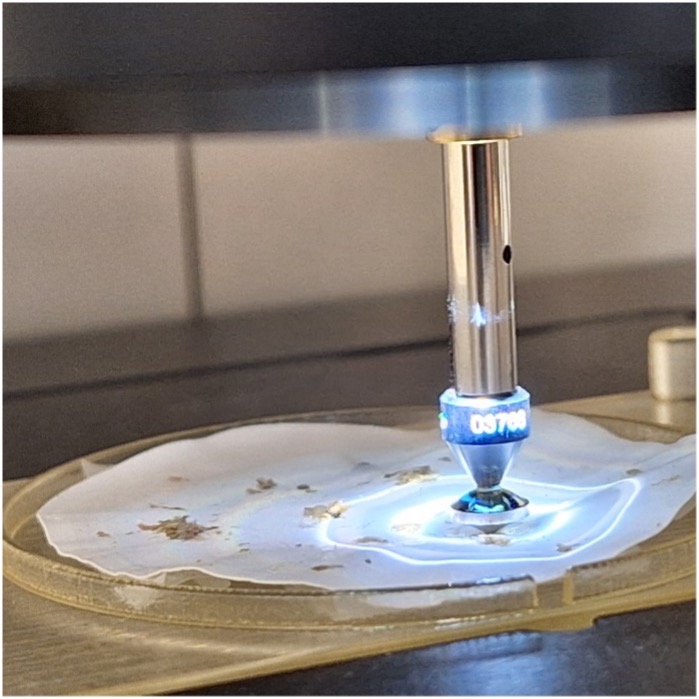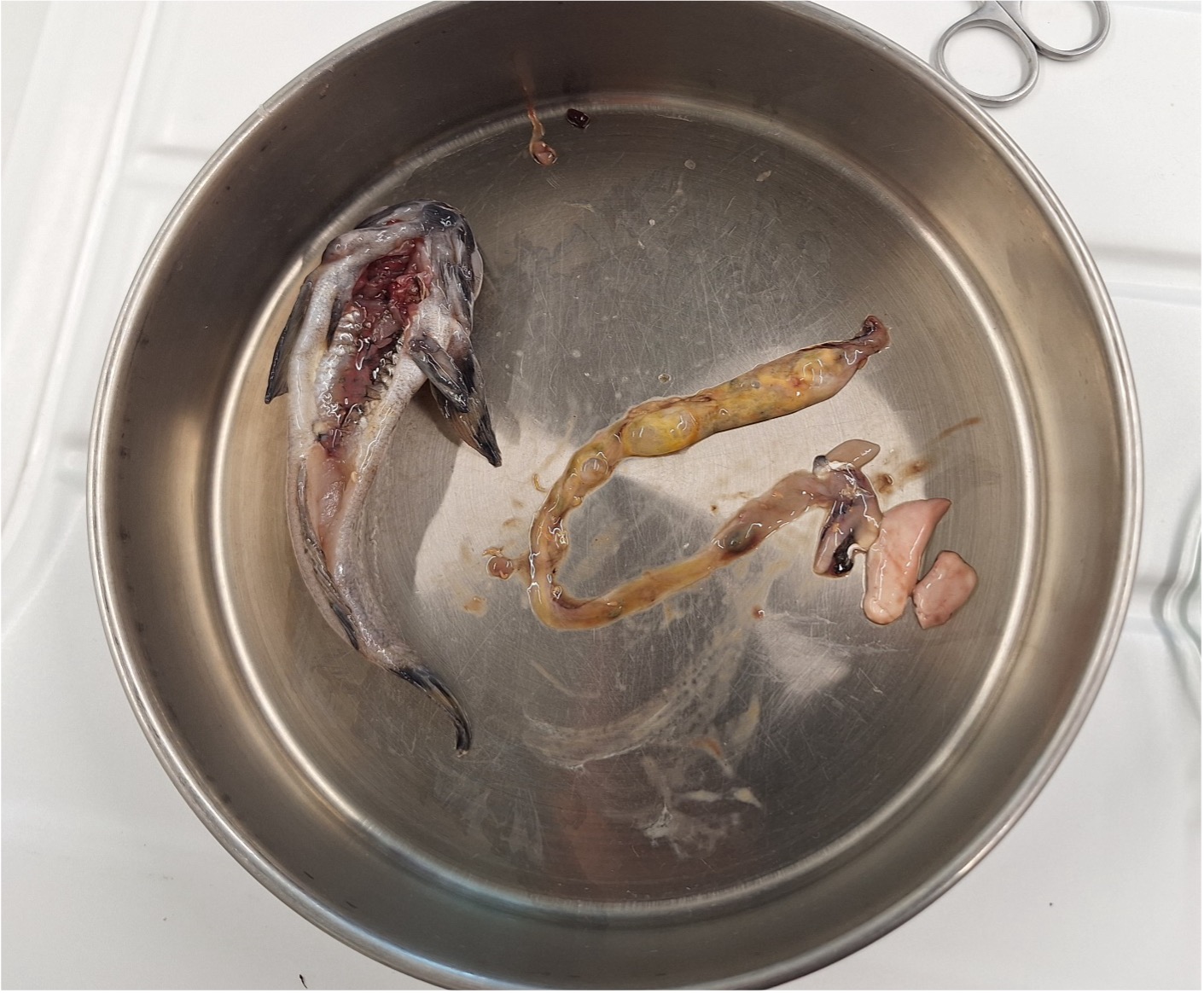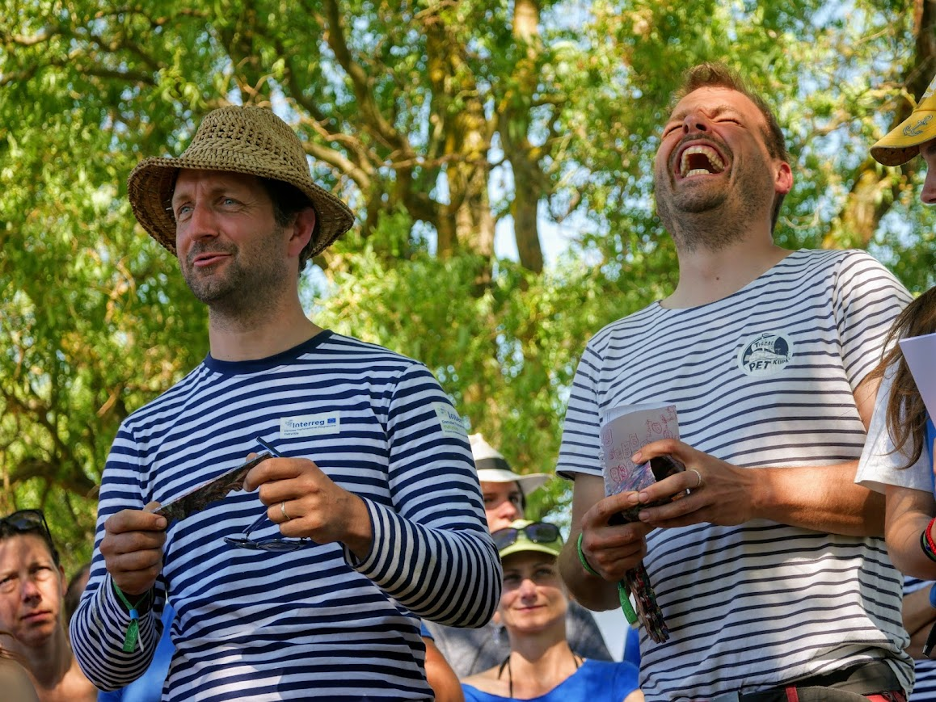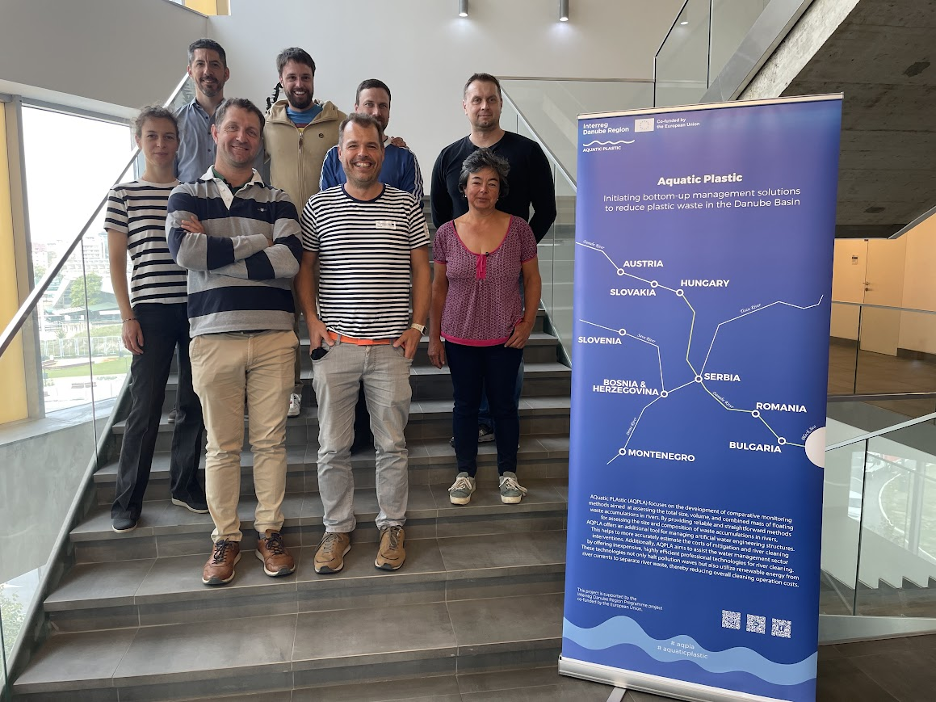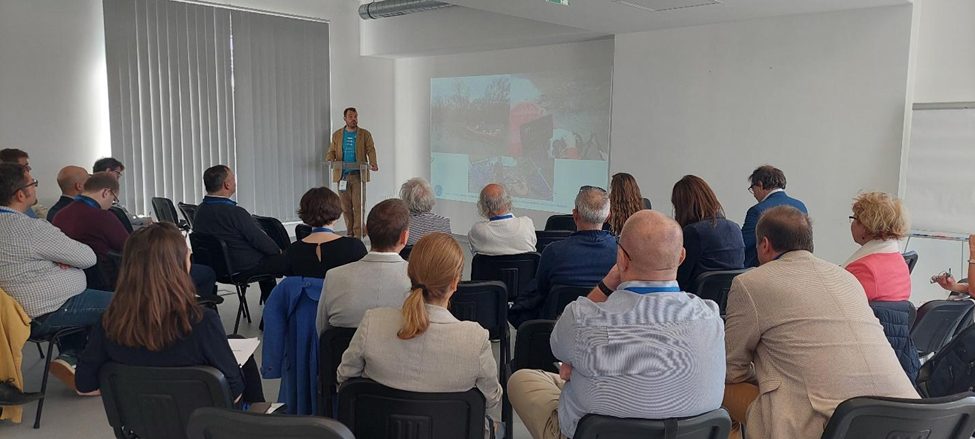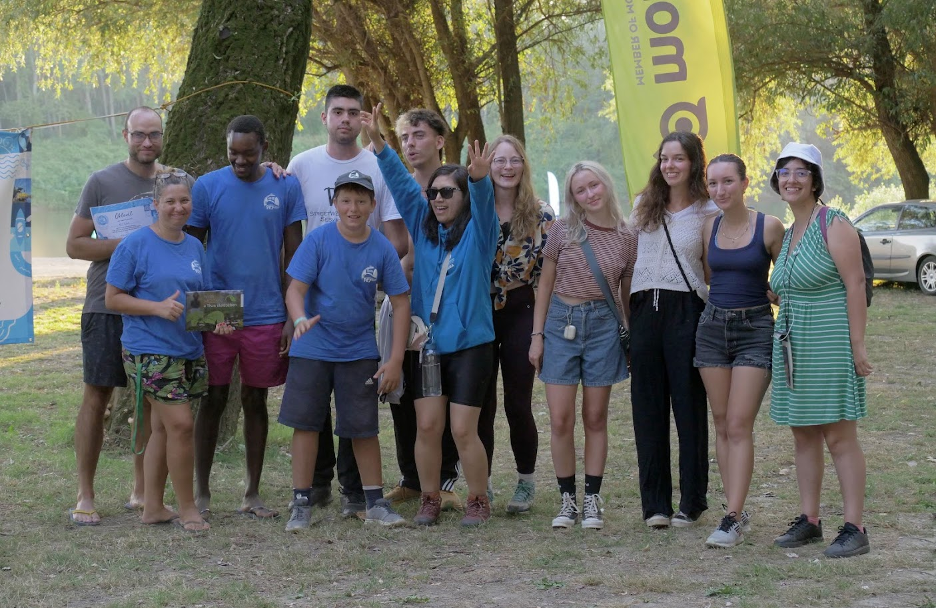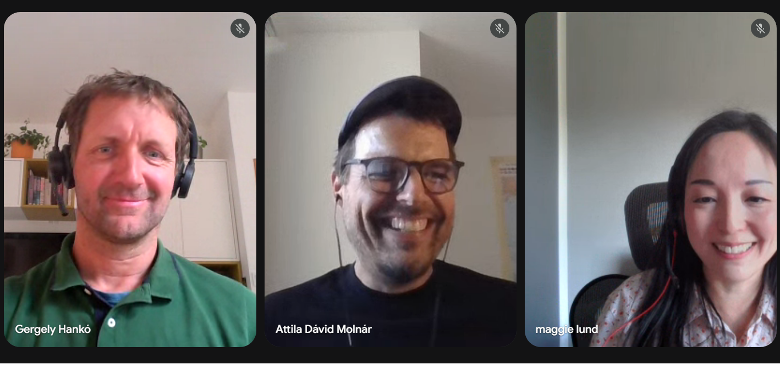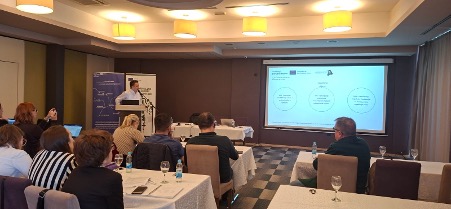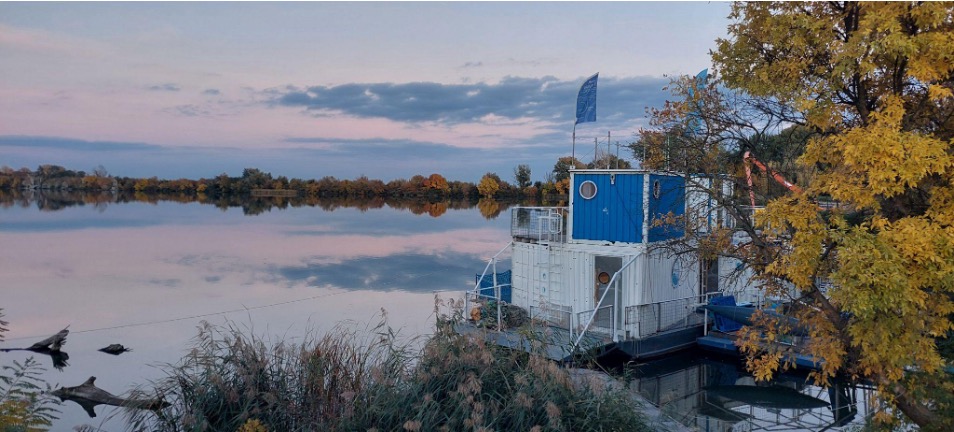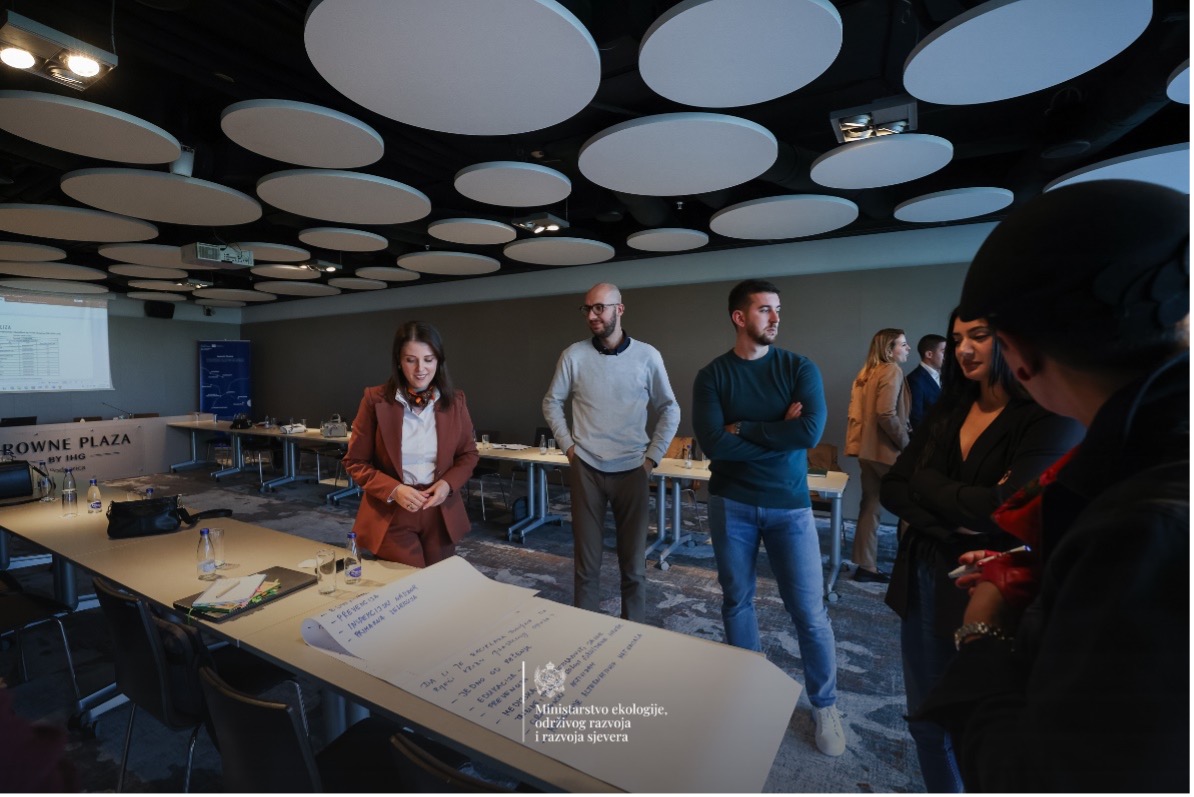
Microplastic Workshop
From 17 to 18 June, researchers from all over the Danube region were guests at BOKU University to discuss microplastics monitoring and to define the next steps for harmonized microplastics measurements in partner countries which have different river, financial, knowledge and equipment conditions.
At the beginning of the workshop the objectives of microplastic monitoring and possible measurement concepts, sampling devices and sampling concepts were introduced by the Institute of Hydraulic Engineering and River Research (IWA-BOKU). As standard microplastic sampling methods in water are not expedient due to the varying fluvial and morphological conditions AQUATIC PLASTIC relies on situation-adapted, cost-effective, practicable net and pump systems with the aim to have the greatest possible harmonization of the measurement parameters (pore size, sampled volume, etc.). Therefore, the partner countries conducting samplings (Austria (IWA and ABF-BOKU), Slovenia (IWRS), Slovakia (VUVH), Hungary (OVF with Eurofins), Serbia (UNS), Bulgaria (IO-BAS) and Montenegro (CETI)) first presented their local situations and research questions. Then possible sampling devices were introduced in practical use in the research channel of IWA-BOKU river laboratory; these were: IWA-BOKU isokinetic cascade filtration pump system, IWRS pump system with filter, IWRS cascade filtration pump system, Eurofins cascade filtration pump system, IWA-BOKU multi-depth net system; Eurofins manta net.
Depending on the sampling method chosen and the desired quality of results, different methods of sample pre-treatment and analysis are used, which have need to be standardised as far as possible. Some steps can be carried out by all partners themselves, while some analyses have to be outsourced due to a lack of equipment (e.g FTIR-microscope). It was important for the ABF-BOKU to provide each country with options for independent monitoring that can also be used after the end of the project.
Looking for microplastics in environmental samples is like looking for a needle in a haystack. Due to organic and inorganic by-catches lots of complex sample pre-treatment steps are necessary. How to minimise unwanted contaminants and how to isolate and analyse microplastic particles was shown in detail in the laboratory by the Institute of Waste Management and Circularity of (ABF-BOKU). This laboratory demonstration enabled inexperienced partners to learn methods and already experienced partners to exchange ideas on best-practice methods. The processing methods presented will be further discussed and evaluated within the project and be eventually provided as a standardized protocol for microplastic monitoring.
Partners also had the possibility to look for microplastics on their own – for example during the isolation process with a microscope or by performing analysis together with ABF-BOKU members on an FTIR-device.
When analysing microplastics, emphasis was placed on the fact that these can be carried out with different levels of equipment. And so, a low-cost routine FTIR device (BRUKER Alpha) and a highly sensitive FTIR microscope (BRUKER Lumos II) were introduced during the workshop.
Another highlight was the section of biota samples, which was presented with great precision by the Institute of Water of the Republic of Slovenia (IWRS).
At the end of the workshop, the sampling and analysis concept of each individual partner country was concretised. Adapted to the respective selected sampling sites as well as the research questions and the financial and equipment possibilities, each country is now defining a sampling and analysis plan.
The time over the summer will be used to make the necessary purchases so that sampling can start in the autumn. One sampling has already taken place. IWA BOKU took the opportunity and sampled during the flood in June 2024.
News & Events
Read the most recent updates and explore the upcoming events.

